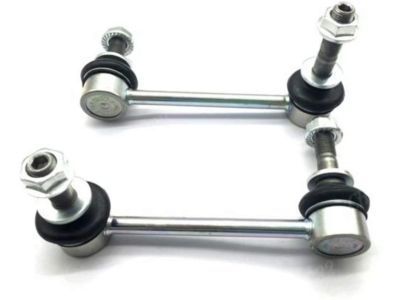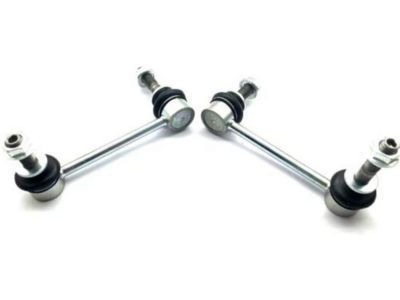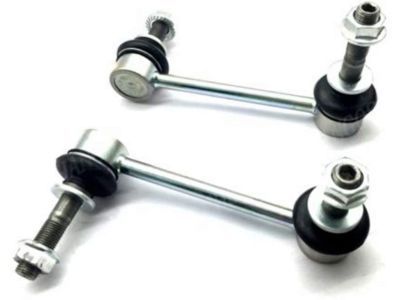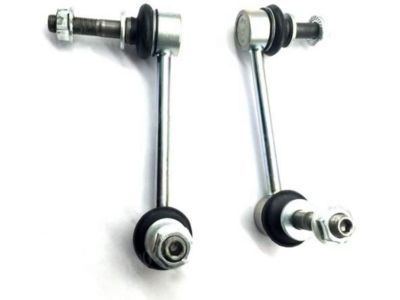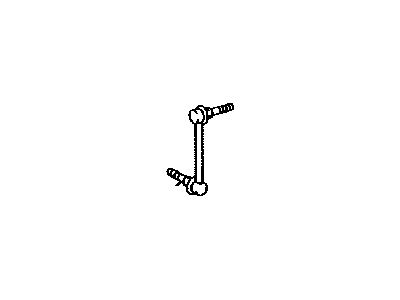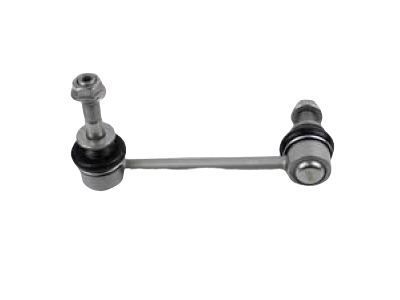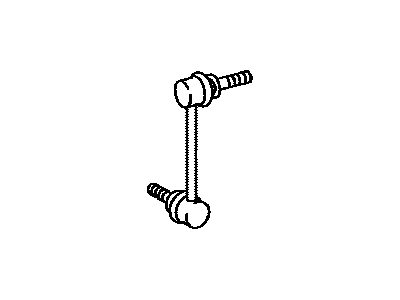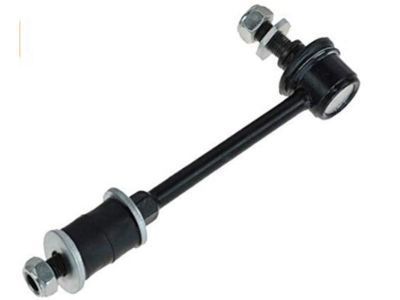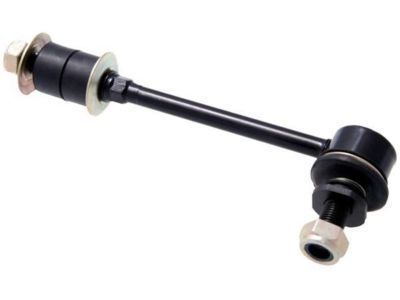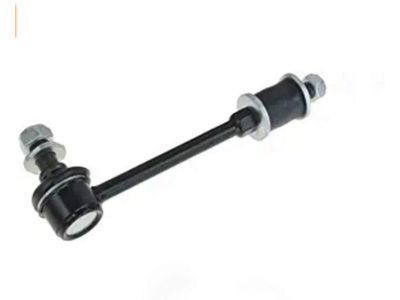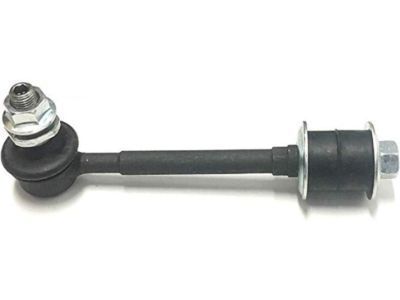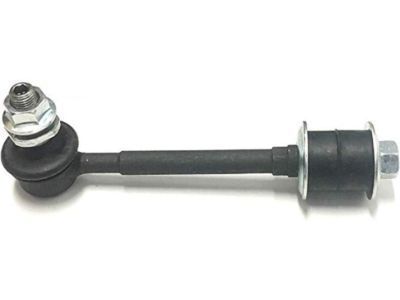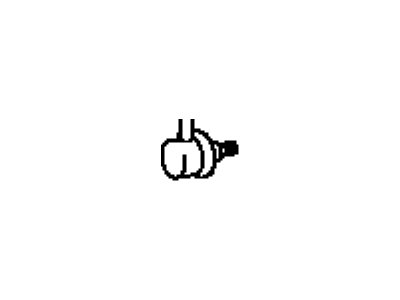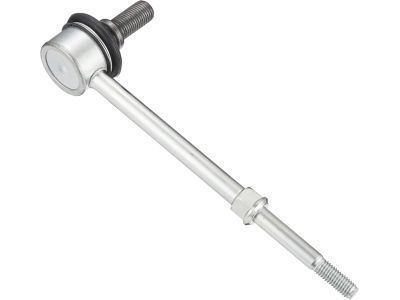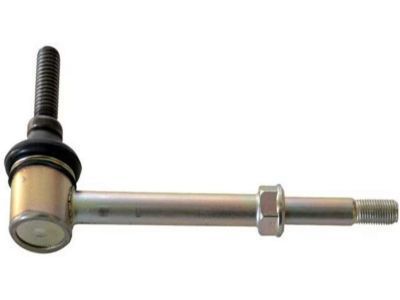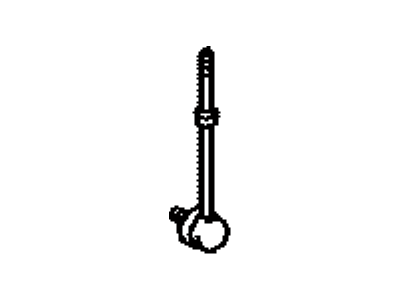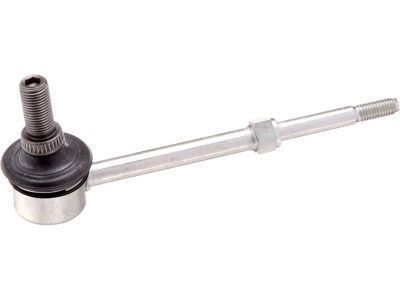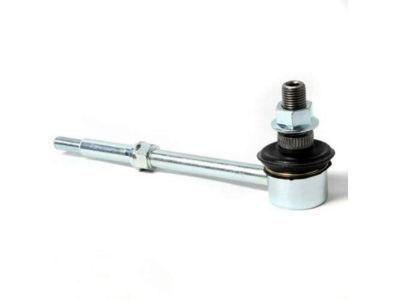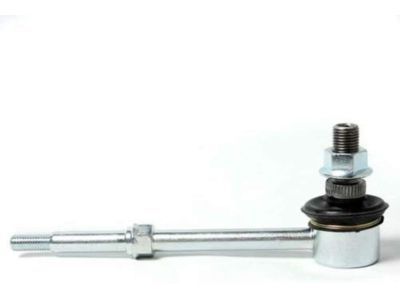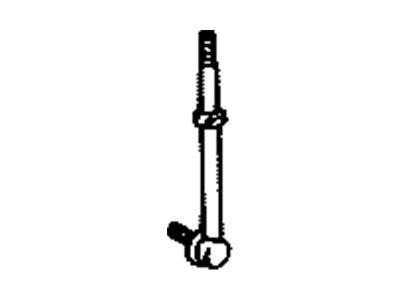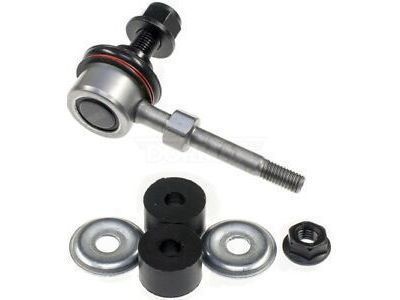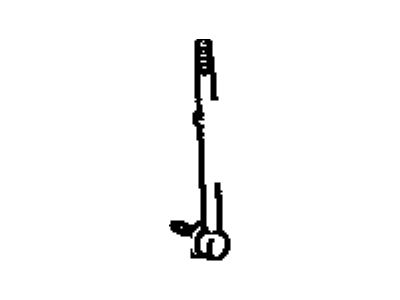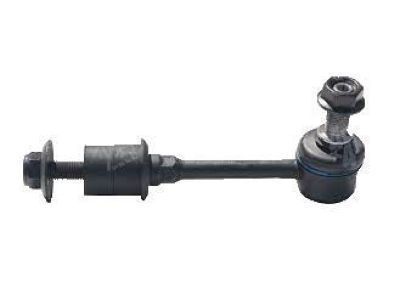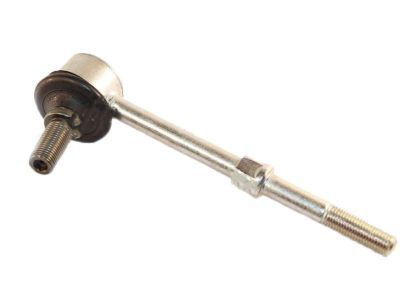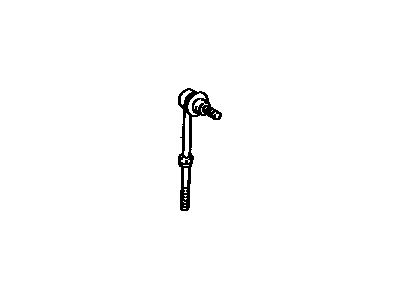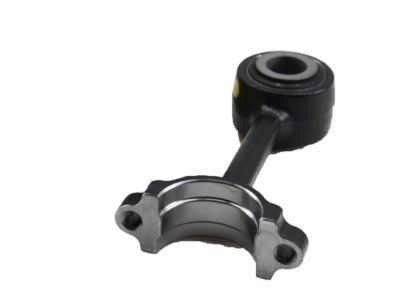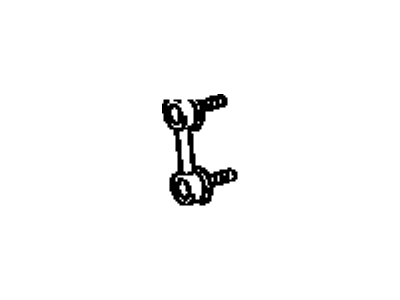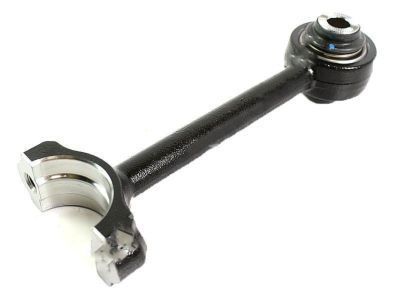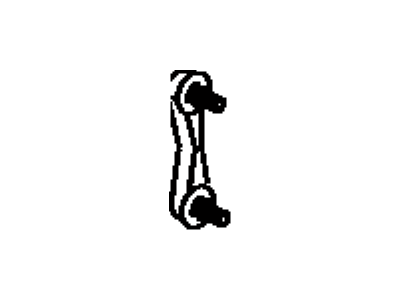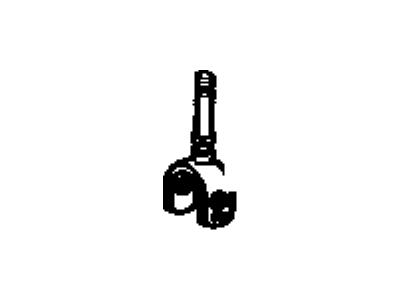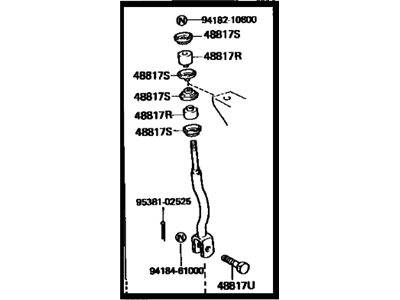

My Garage
My Account
Cart
Genuine Toyota 4Runner Sway Bar Link
Stabilizer Sway Bar Link- Select Vehicle by Model
- Select Vehicle by VIN
Select Vehicle by Model
orMake
Model
Year
Select Vehicle by VIN
For the most accurate results, select vehicle by your VIN (Vehicle Identification Number).
11 Sway Bar Links found
Toyota 4Runner Front Suspension Stabilizer Bar Link Kit, Right
Part Number: 48820-60050$88.61 MSRP: $124.90You Save: $36.29 (30%)Ships in 1-3 Business DaysToyota 4Runner Front Suspension Stabilizer Bar Link Kit, Left
Part Number: 48810-60040$88.61 MSRP: $124.90You Save: $36.29 (30%)Ships in 1-3 Business DaysToyota 4Runner Front Stabilizer Link Assembly
Part Number: 48820-35030$93.21 MSRP: $131.39You Save: $38.18 (30%)Ships in 1-3 Business DaysToyota 4Runner Rear Stabilizer Link Assembly, Driver Side
Part Number: 48830-60030$67.13 MSRP: $94.63You Save: $27.50 (30%)Ships in 1-3 Business DaysToyota 4Runner Rear Stabilizer Link Assembly
Part Number: 48830-35020$84.59 MSRP: $119.25You Save: $34.66 (30%)Ships in 1-3 Business DaysToyota 4Runner Rear Stabilizer Link Assembly
Part Number: 48830-35010$90.85 MSRP: $128.06You Save: $37.21 (30%)Toyota 4Runner Front Suspension Stabilizer Bar Link Kit Assembly
Part Number: 48820-35010$59.22 MSRP: $83.48You Save: $24.26 (30%)Toyota 4Runner Front Stabilizer Link Assembly
Part Number: 48820-60090$65.12 MSRP: $91.80You Save: $26.68 (30%)Ships in 1-3 Business DaysToyota 4Runner Rear Stabilizer Link Assembly
Part Number: 48830-60060$72.32 MSRP: $101.94You Save: $29.62 (30%)Ships in 1-3 Business Days
Toyota 4Runner Sway Bar Link
If you are in demand for superior quality and affordable OEM Toyota 4Runner Sway Bar Link, then shop with us! We own a wide range of the reduced-priced genuine Toyota 4Runner Sway Bar Link. You can purchase in confidence as all parts come with a manufacturer's warranty. Any issues with our products? No need to worry as we have a hassle-free return policy to guide you every step of the way.
Toyota 4Runner Sway Bar Link Parts Questions & Experts Answers
- Q: How to properly remove and inspect the rear Sway Bar Bushing,Sway Bar Kit and Sway Bar Link on 2003 through 2009 Toyota 4Runner?A:Lift the rear of the car and safely support it on jackstands; place chocks in front of the wheels to prevent the vehicle from moving. It is possible to pull out the nuts of sway bar link and both of links and to throw away the nuts with fastening the link on the frame. Next, the bushing bracket bolts and bracket must be removed to disconnect the sway bar from the rear axle, before noting the position of the bushing stopper on the sway bar though. Next, unbolt the sway bar and clean the Sway Bar Bushing of any dirt or debris; if any show signs of cracking, tearing or have significant signs of wear, then it's time for replacement. Looseness of the balljoint on the lower end of each link or the existence of any sign of excessive wear should be checked on the link and suspension setup test by turning the balljoint with an inch-pound torque wrench and comparing the rotational torque to the specified value. When fitting the new rubber bushings in the location where the sway bar was, place the bushing stopper against them. Removal is carried out in the reverse sequence, after which a new link-to-frame nut should be applied, and all the fastenings should be tightened to the specified torque.
Related Toyota 4Runner Parts
Browse by Year
2024 Sway Bar Link 2023 Sway Bar Link 2022 Sway Bar Link 2021 Sway Bar Link 2020 Sway Bar Link 2019 Sway Bar Link 2018 Sway Bar Link 2017 Sway Bar Link 2016 Sway Bar Link 2015 Sway Bar Link 2014 Sway Bar Link 2013 Sway Bar Link 2012 Sway Bar Link 2011 Sway Bar Link 2010 Sway Bar Link 2009 Sway Bar Link 2008 Sway Bar Link 2007 Sway Bar Link 2006 Sway Bar Link 2005 Sway Bar Link 2004 Sway Bar Link 2003 Sway Bar Link 2002 Sway Bar Link 2001 Sway Bar Link 2000 Sway Bar Link 1999 Sway Bar Link 1998 Sway Bar Link 1997 Sway Bar Link 1996 Sway Bar Link 1995 Sway Bar Link 1994 Sway Bar Link 1993 Sway Bar Link 1992 Sway Bar Link 1991 Sway Bar Link 1990 Sway Bar Link 1989 Sway Bar Link 1988 Sway Bar Link 1987 Sway Bar Link 1986 Sway Bar Link 1985 Sway Bar Link
